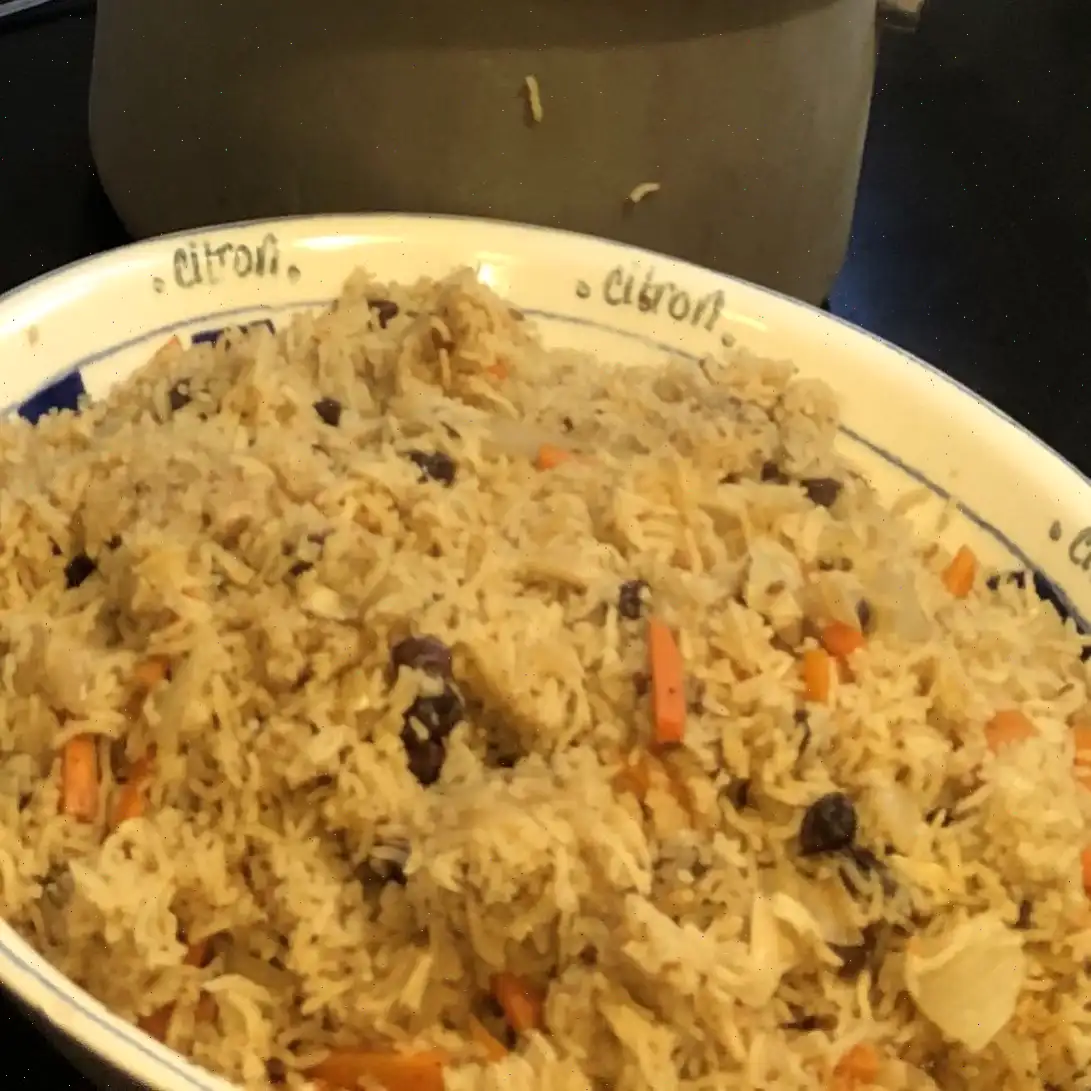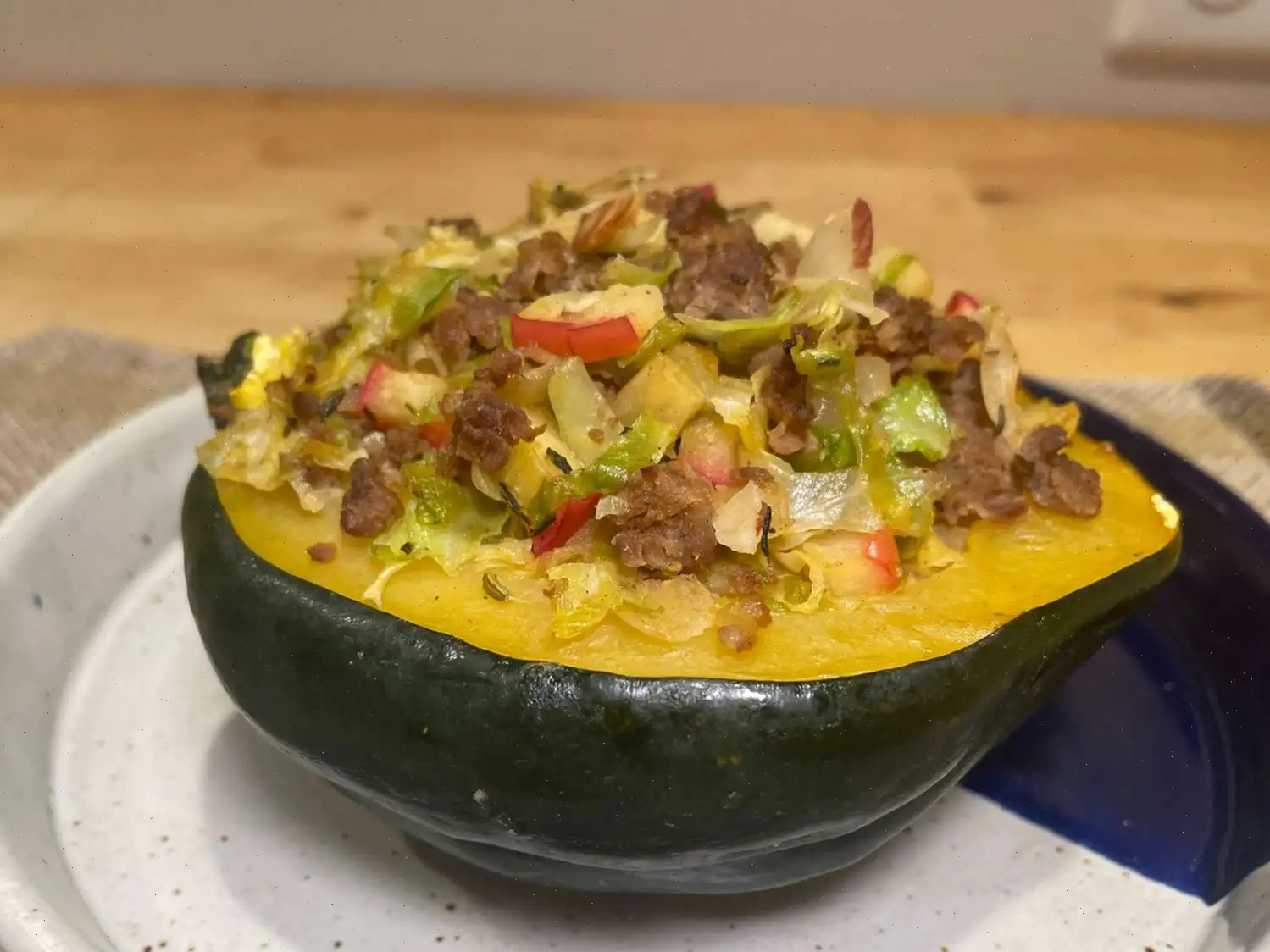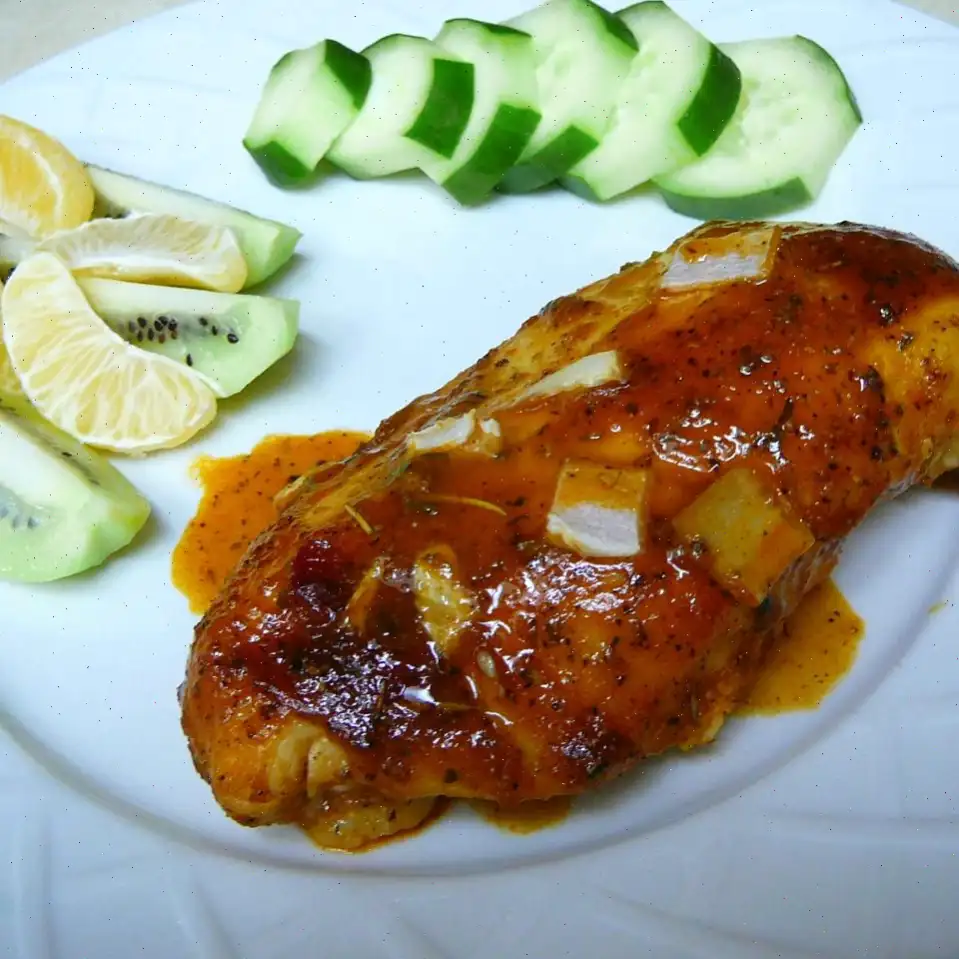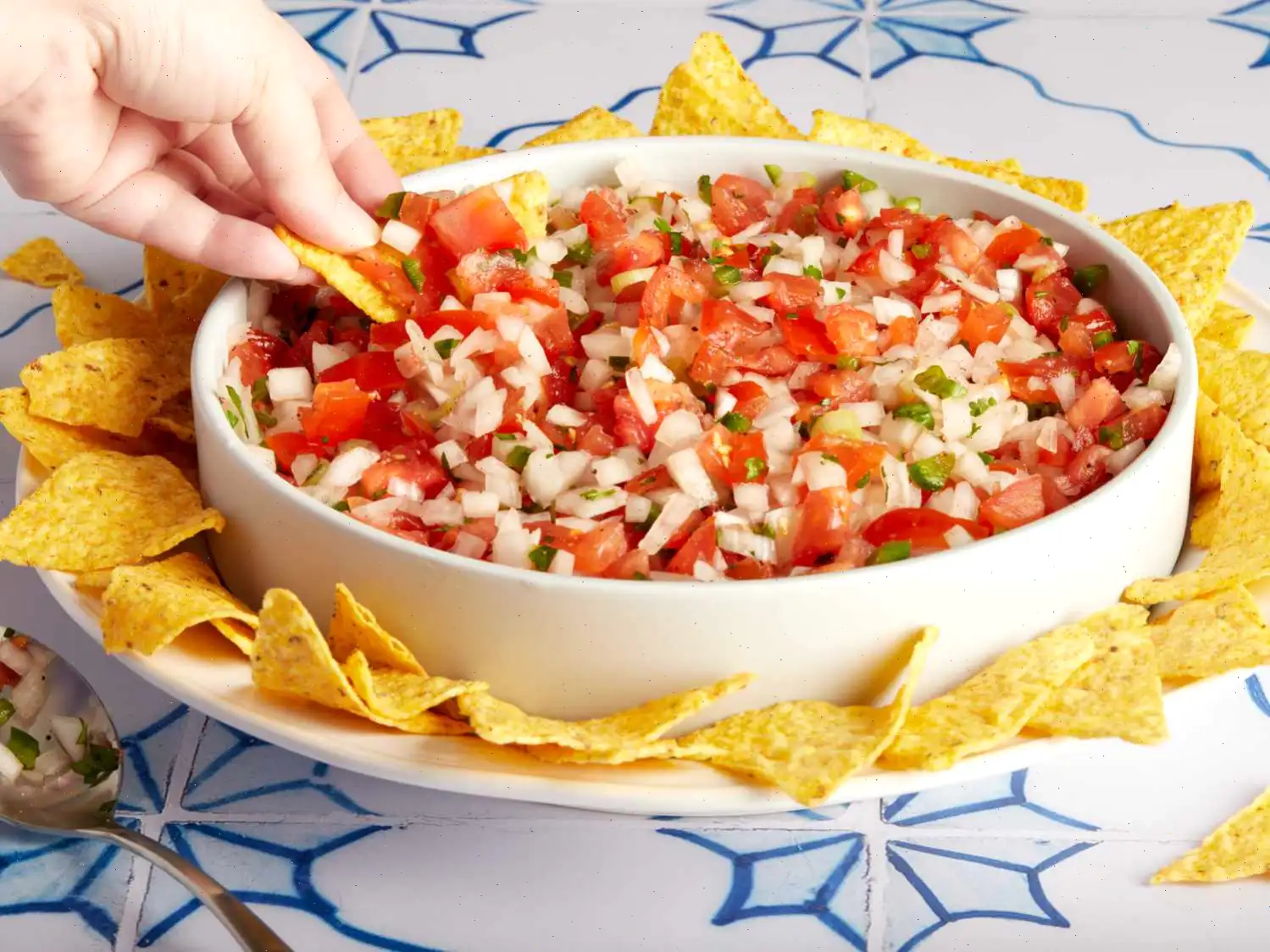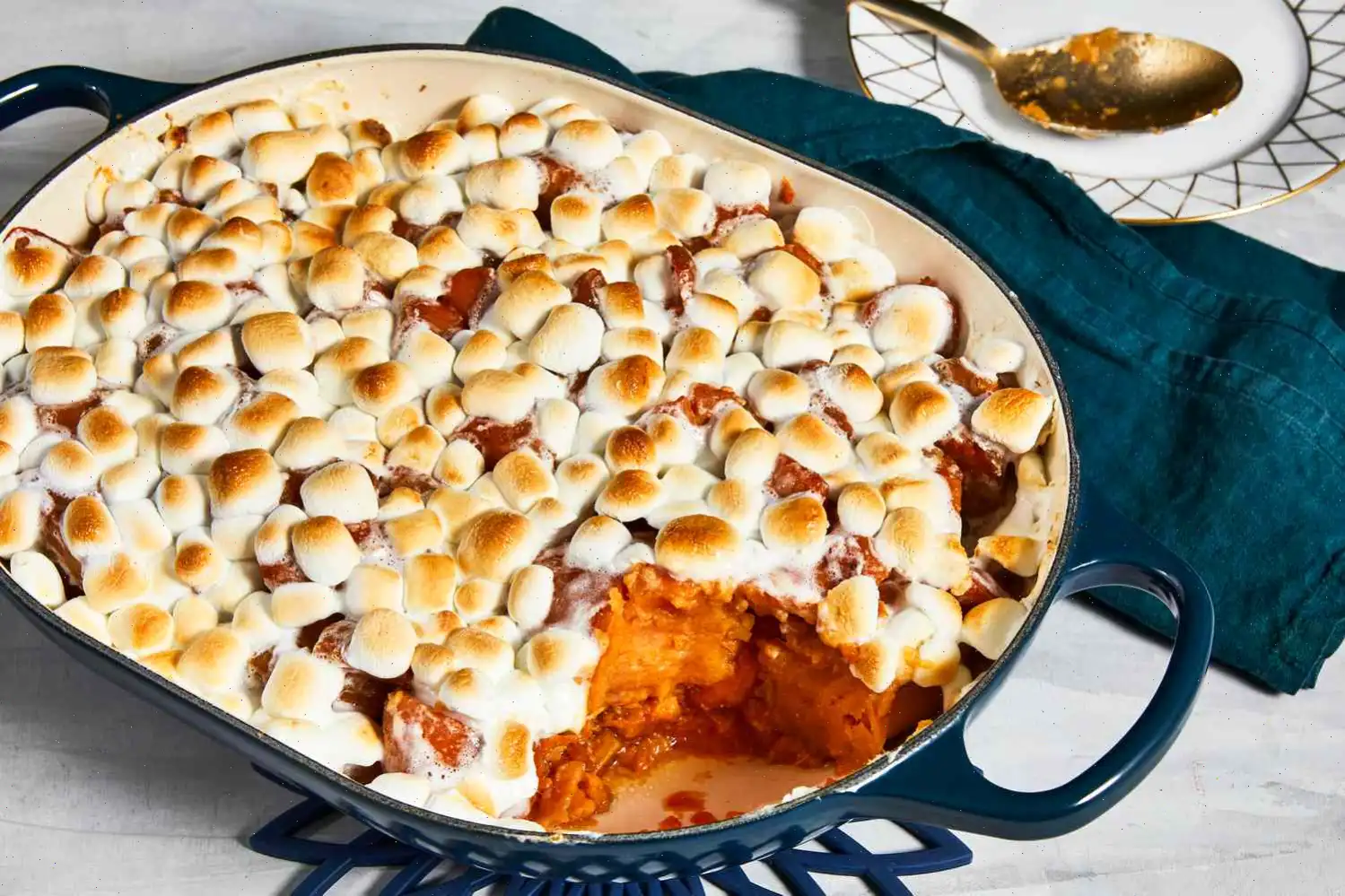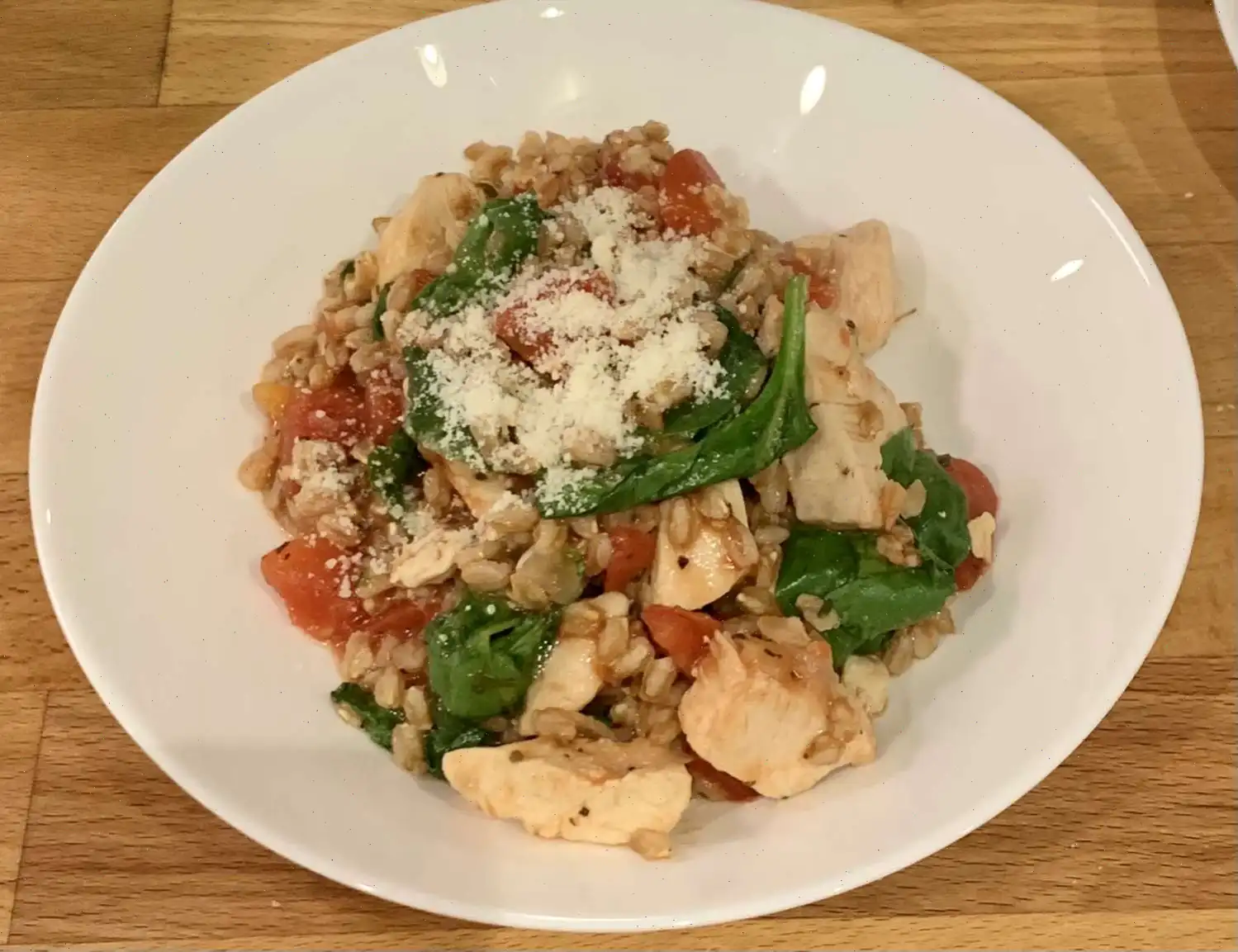
Afghani Kabuli Pulao Recipe
Ingredients
This recipe yields 6 servings.
Broth:
- 1 onion, peeled and halved
- 1 whole head garlic, loose skins removed
- 1 cinnamon stick
- 4 cardamom pods, crushed
- 1 teaspoon ground black pepper
- 1 teaspoon cumin seed
- 1 teaspoon salt
- 1 teaspoon white sugar
- 1 teaspoon paprika
- 1 teaspoon coriander seeds
- 4 whole cloves
- 3 cups water, or as needed to cover
Rice:
- 2 cups sella basmati rice
- 1 tablespoon canola oil
- 1 onion, chopped
- 3 cloves garlic, minced
- 1 cup matchstick carrots
- cup raisins
- cup slivered almonds
- 1 cardamom pod, shell removed and seeds crushed into a powder
- 1 whole clove
Directions
Step 1: Make the broth. In a pressure cooker, place the halved onion, garlic head, cinnamon stick, crushed cardamom pods, pepper, cumin seed, salt, sugar, paprika, coriander seeds, and cloves. Add enough water to cover the ingredients.
Step 2: Securely close the pressure cooker and place the pressure regulator over the vent. Set the cooker to high heat and wait until steam escapes in a steady flow, producing a whistling sound. This should take about 5 minutes.
Step 3: Reduce the heat to medium and cook for 20 minutes. After that, let the pressure release naturally for about 10 minutes. Open the lid carefully and remove the broth.
Step 4: While the broth is cooking, soak the rice in cool water for 5 minutes. Rinse the rice until the water runs clear. Once the broth is ready, strain it into a bowl.
Step 5: Clean out the pressure cooker, then place it over medium heat. Add the canola oil, followed by the chopped onion and minced garlic. Stir and cook until softened and lightly browned, about 7-10 minutes.
Step 6: Add the matchstick carrots and cook for another 3 minutes, until they begin to soften.
Step 7: Stir in the soaked and drained rice, raisins, slivered almonds, cumin seed, pepper, crushed cardamom, and the whole clove. Mix well to combine.
Step 8: Pour in enough strained broth to cover the rice mixture. Close the pressure cooker and seal the vent. Set to high heat again, and cook until the first whistle sounds, around 5-7 minutes.
Step 9: Reduce the heat to medium and cook for an additional 5 minutes. Remove the cooker from the heat and let it rest for 7 minutes, allowing the pressure to release naturally, about 10 minutes.
Step 10: Once the pressure has released, open the cooker and immediately transfer the cooked rice to a serving dish to prevent it from overcooking.
Stovetop Directions
Step 1: To make the broth on the stovetop, bring all broth ingredients to a boil and simmer for 1 hour.
Step 2: After soaking the rice, combine all rice ingredients with the broth. If the broth doesn't measure 3 cups, add water to make up the difference. Bring the mixture to a boil.
Step 3: Reduce the heat to low and cover with a paper towel and lid. Cook for about 25 minutes, until the rice is tender.
Recipe Tips
- You can add chicken or beef bouillon cubes to the soaking water for extra flavor or use broth instead of water for soaking.
- The rice should be soft after soaking. If its still firm after soaking, add a bit more broth (about 3/8 inch) to soften it during cooking.
Nutrition Facts
Per Serving: 378 Calories
- Total Fat: 8g (11% Daily Value)
- Saturated Fat: 1g (4% Daily Value)
- Sodium: 402mg (17% Daily Value)
- Total Carbohydrate: 71g (26% Daily Value)
- Dietary Fiber: 4g (14% Daily Value)
- Total Sugars: 10g
- Protein: 9g (17% Daily Value)
- Vitamin C: 7mg (8% Daily Value)
- Calcium: 89mg (7% Daily Value)
- Iron: 2mg (13% Daily Value)
- Potassium: 292mg (6% Daily Value)
* Percent Daily Values are based on a 2,000 calorie diet. Your daily values may be higher or lower depending on your calorie needs.
Afghani Kabuli Pulao is one of Afghanistans most beloved dishes, combining fragrant basmati rice with tender vegetables, sweet raisins, and crunchy almonds. It is a dish full of history, flavor, and culture, often considered the national dish of Afghanistan. Known for its rich aroma and vibrant colors, Kabuli Pulao is served in many Afghan households on special occasions, such as weddings, festivals, and family gatherings.
Origin and History
Afghani Kabuli Pulao has a long history that reflects Afghanistans rich cultural heritage. The dish is believed to have originated in the region around Kabul, the capital of Afghanistan, which is why it is often called "Kabuli" Pulao. The word "pulao" refers to rice dishes that are cooked with meat, vegetables, or fruits, and Kabuli Pulao is specifically known for its sweet and savory balance. The dish has influences from Persian and Central Asian cuisines, blending aromatic spices and ingredients common in the Silk Road region. It is said that Kabuli Pulao was a favorite of the royal court, with recipes passed down through generations.
Regional Variations
While the Kabuli Pulao we know today is largely associated with Kabul, different regions of Afghanistan have their own unique takes on the dish. In some areas, lamb or chicken may be used as the main protein, while in others, beef is preferred. The choice of dried fruits such as raisins, apricots, or dates also varies depending on local availability and taste preferences. The version of Kabuli Pulao served in northern Afghanistan, for example, might include a greater emphasis on the use of dried fruits, while southern Afghan variants might lean more heavily on the savory side, with spiced meats and vegetables.
What Sets Kabuli Pulao Apart?
What distinguishes Kabuli Pulao from similar rice dishes is its unique combination of spices, nuts, and dried fruits. Unlike simpler rice dishes, the layering of flavors in Kabuli Pulao comes from the rich broth made with cinnamon, cardamom, cloves, and cumin, and the texture is enhanced by the inclusion of raisins and slivered almonds. This sweetness and crunch set it apart from other pulaos, which may focus more on savory spices or meats. The addition of carrots, which are often fried before mixing them with the rice, further enriches the flavor and texture.
Where is Kabuli Pulao Typically Served?
In Afghanistan, Kabuli Pulao is served on significant occasions and is considered a dish for celebratory events. It is a common feature at weddings, birthdays, and national holidays. In Afghan households, this dish is often served as a main course alongside yogurt, salad, or raita. Outside of Afghanistan, Kabuli Pulao has become a favorite in Afghan restaurants around the world, particularly in countries with large Afghan communities such as Pakistan, Iran, and parts of Europe and North America.
Interesting Facts
- The exact origins of Kabuli Pulao are unclear, but the dish is deeply linked to Afghan culture and is often referred to as "the heart of Afghan cuisine."
- The dish is traditionally cooked using a pressure cooker to speed up the cooking process, but it can also be made on the stovetop for a more traditional approach.
- In Afghanistan, the preparation of Kabuli Pulao is often a communal activity, where family members come together to make the dish for large gatherings.
- Interestingly, Kabuli Pulao is also enjoyed in neighboring countries such as Pakistan and Iran, each with its own variations, further highlighting the influence of Afghan culinary traditions across the region.
You can listen to this recipe in AI audio format. Simply click the play button below to listen to the content in a format that suits you best. It’s a great way to absorb information on the go!
FAQ about Afghani Kabuli Pulao Recipe
Comments
Steven Perez
10/19/2023 05:04:04 PM
Slightly too much cardamom


